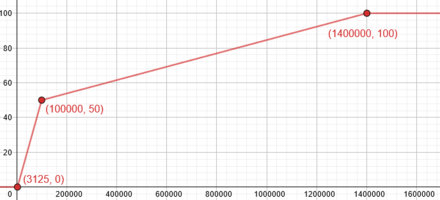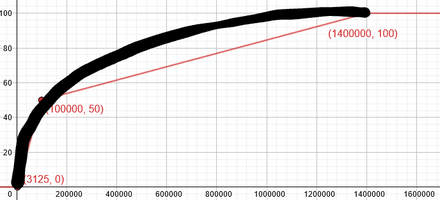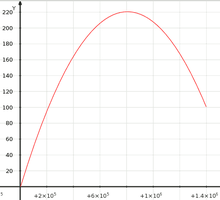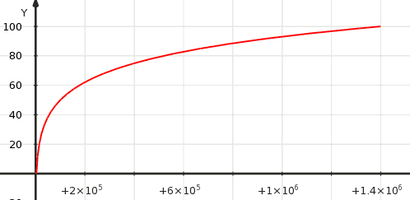BunnyWitch
New member
- Joined
- Sep 1, 2022
- Messages
- 8
Hello. Sorry if this is in the wrong place, I don't really know. I do have a specific problem I want solved, but I'm also asking for a general guide on how to solve anything similar. Let's say I want a variable that will take any integer input, and output a number between 0 and 100. For my specific example, I want anything less than or equal to 3,125 to output a 0, 100,000 to output 50, and anything greater than or equal to 1,400,000 to output 100. What would that function look like, if possible, and if I wanted to make a similar function with different predetermined values, what should I do?




